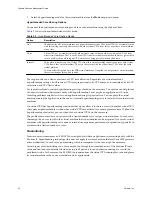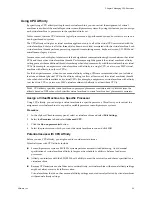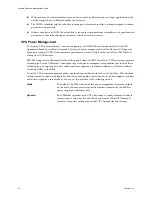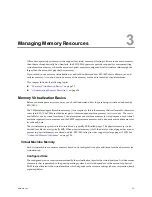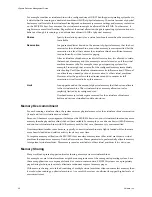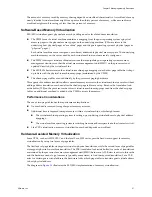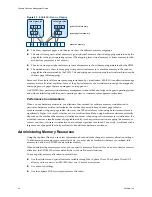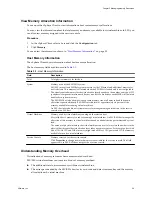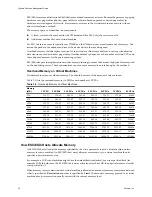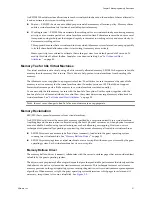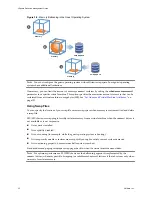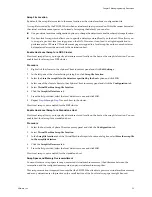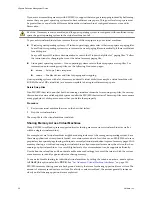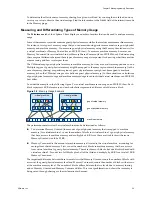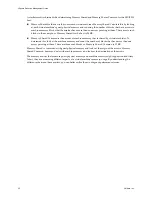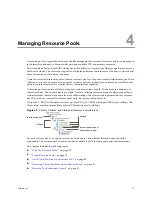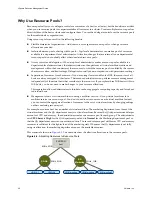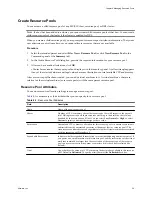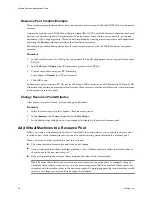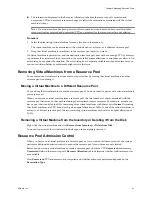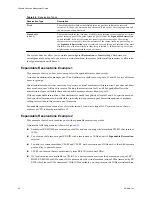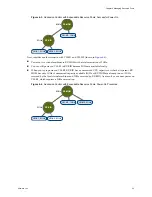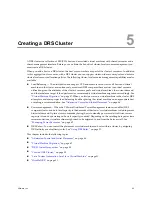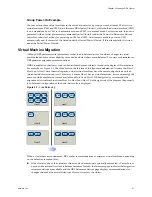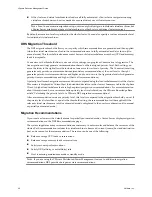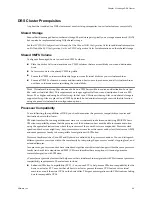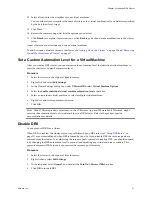
A similar result is obtained when determining Memory Shared and Memory Shared Common for the ESX/ESXi
host.
n
Memory Shared for the host is the sum of each virtual machine's Memory Shared. Calculate this by looking
at each virtual machine's guest physical memory and counting the number of blocks that have arrows to
machine memory blocks that themselves have more than one arrow pointing at them. There are six such
blocks in the example, so Memory Shared for the host is 24 KB.
n
Memory Shared Common is the amount of machine memory that is shared by virtual machines. To
determine this, look at the machine memory and count the number of blocks that have more than one
arrow pointing at them. There are three such blocks, so Memory Shared Common is 12 KB.
Memory Shared is concerned with guest physical memory and looks at the origin of the arrows. Memory
Shared Common, however, deals with machine memory and looks at the destination of the arrows.
The memory metrics that measure guest physical memory and machine memory might appear contradictory.
In fact, they are measuring different aspects of a virtual machine's memory usage. By understanding the
differences between these metrics, you can better utilize them to diagnose performance issues.
vSphere Resource Management Guide
36
VMware, Inc.
Summary of Contents for ESX 4.0
Page 6: ...vSphere Resource Management Guide 6 VMware Inc...
Page 44: ...vSphere Resource Management Guide 44 VMware Inc...
Page 52: ...vSphere Resource Management Guide 52 VMware Inc...
Page 72: ...vSphere Resource Management Guide 72 VMware Inc...
Page 80: ...vSphere Resource Management Guide 80 VMware Inc...

